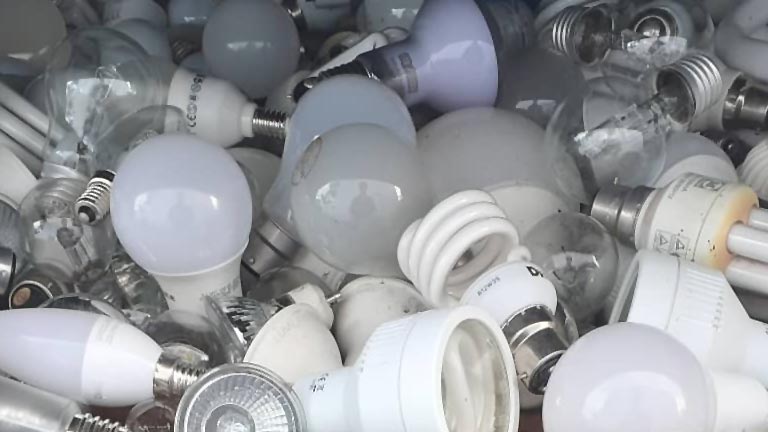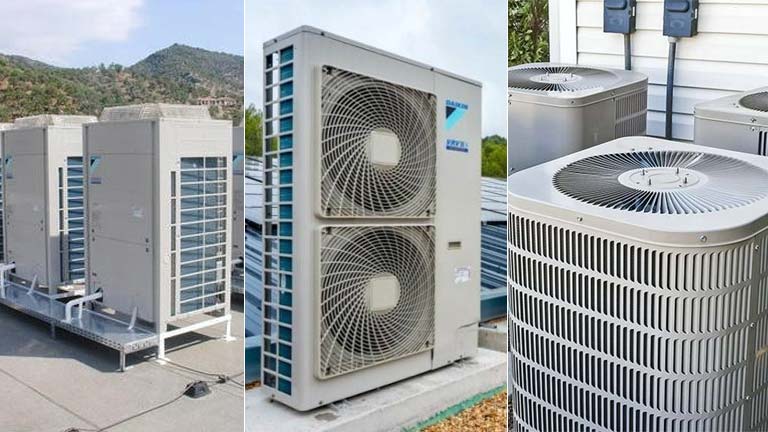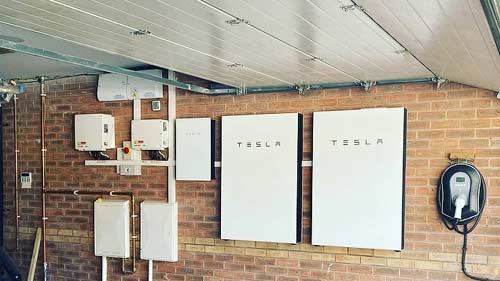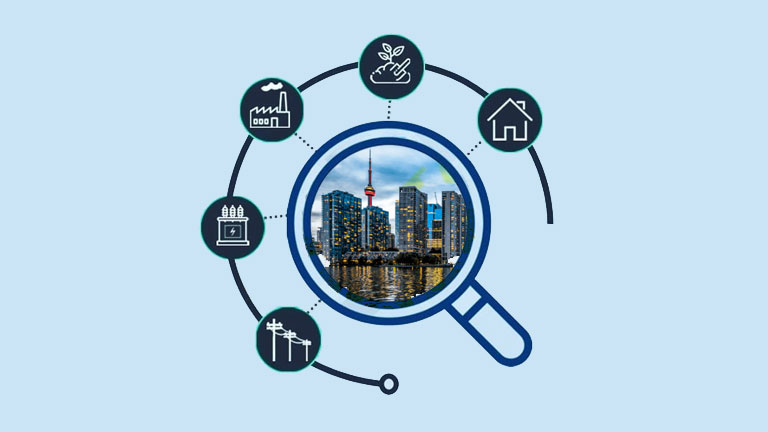
Replacing lightbulbs in your business or home is an inevitable chore, and depending on how much light is used, it may need to happen often. While most lightbulbs can be thrown in the trash once they stop working, even if they are broken, they can take thousands of years to decompose in a landfill.
Here are a few things to know about lightbulb recycling.
Not All Lightbulbs Can Be Thrown Away
Did you know that while most lightbulbs can be thrown in the trash once they are burnt out, there are some that cannot be discarded in your regular trash? For example, compact fluorescent light bulbs (CLF) use less energy and are available in various shapes and sizes, but they should never be thrown away due to containing toxic mercury.
Unlike other metals, mercury is liquid at room temperature and will vaporize when not contained, which means it can be inhaled into the body or absorbed through the skin. This can damage the nervous system and harm the kidneys. It can also enter the environment where it combines with other substances to form an even more toxic substance called methylmercury.
Before you throw any bulbs in the trash, you should evaluate them to determine if they are hazardous. This includes incandescent, fluorescent, metal halide, neon, high-intensity discharge, high-pressure sodium, and mercury-vapor lamps and bulbs.
Reducing Landfill Waste Is Key
Even though some bulbs can be thrown in the trash, it doesn’t mean they should be. With the world’s waste production increasing constantly (most of which goes to landfills) the earth is running low on space. Not only can sending certain bulbs to landfills harm our health but sending any bulbs that can be recycled is taking up space that can be used for something else. It’s recommended to always try to recycle when you can to help the planet. Recycling efforts are important for businesses that hope to contribute to an eco-friendlier community. Luckily, lightbulb recycling programs have been developed to help businesses and consumers preserve the environment, reduce waste, and comply with EPA regulations.
How To Recycle a Lightbulb
Different types of lightbulbs are recycled in different ways, and each state and municipality has different requirements and recycling programs in place. For example, some curbside pickup recycling programs may accept LED lightbulbs, but they typically won’t take incandescent or CFL bulbs. Check with the recycling facility near you to determine what lightbulb materials they accept, or if they have a mail-in program.
For CFL bulbs, the EPA suggests taking advantage of local CFL recycling programs. Retailers like Lowe’s and Home Depot also accept CFL bulbs for recycling.
What Are Lightbulbs Recycled Into?
Different parts of the bulb are used in different ways. To start the process, workers sort the lights by type and stage them for either manual or mechanical processing. Standard fluorescent tubes and most others are put through a machine where they are crushed and the components are separated. Glass, metal, mercury, and phosphor are separated so they can be stored or used again.
Once the materials like plastic, glass, metal, distiller phosphor powder, and others are separated, they can be used to make a variety of things like lightbulbs, countertops, concrete, tile, or others.
Other Ways to Reuse Lightbulbs
Recycling isn’t the only way to get rid of lightbulbs – they can also be reused (as long as they don’t contain harmful substances). If you’re crafty, try:
- Filling it with soil and tiny plants
- Using it to hold an air plant
- Making a flower vase
- Turning into a snow globe
- Painting and using as a holiday ornament
Just be sure to handle the bulbs carefully to avoid injury.




